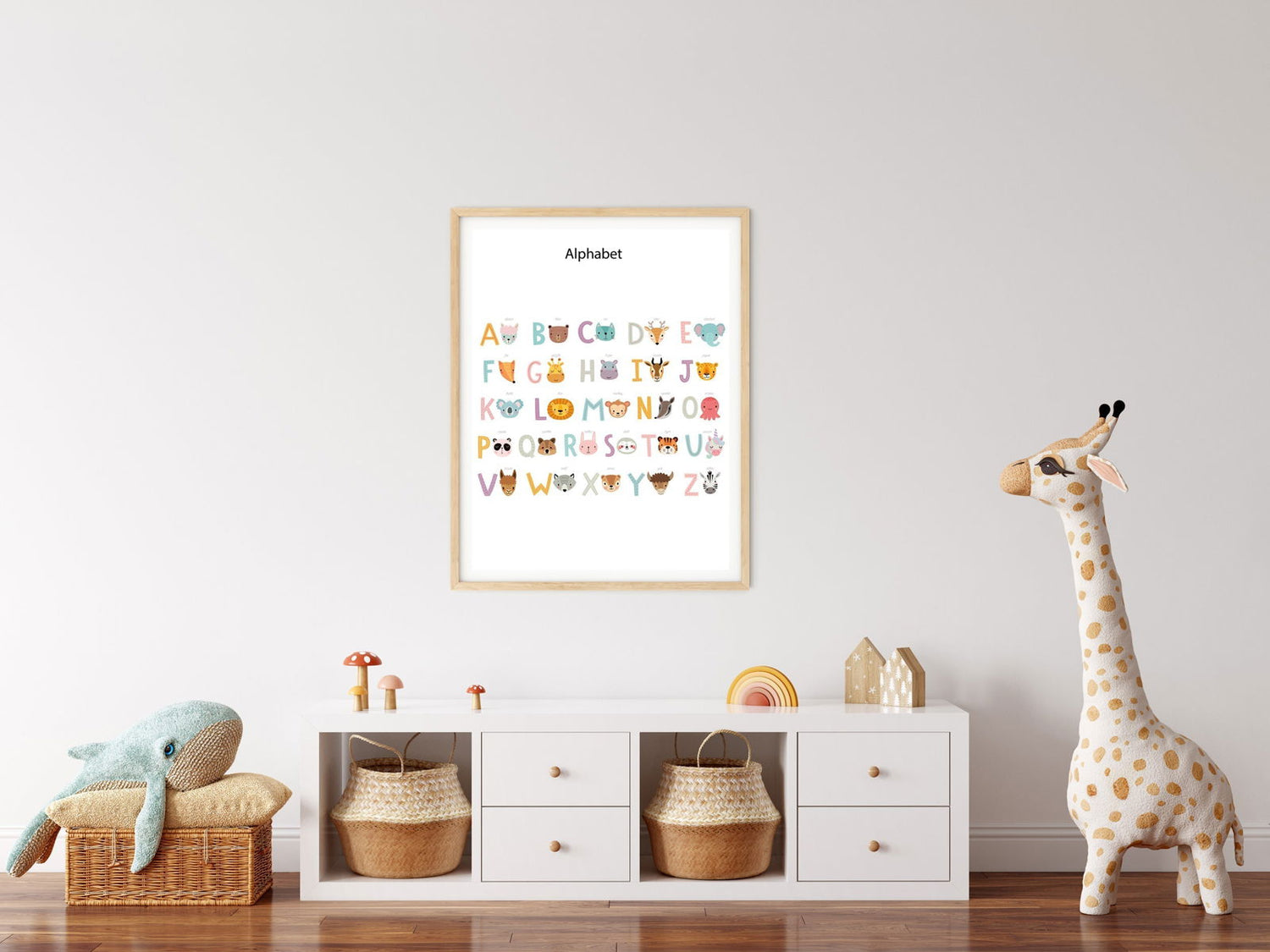
Creating Nursery Wall Art: A Guide to Designing an Inspiring and Comforting Space
Designing a nursery is a joyous task for parents-to-be, where every detail is chosen with love and care to create a space that is both comforting and stimulating for the little one.
Nursery wall art plays a significant role in setting the tone of the room, adding color, personality, and a sense of wonder. Whether you prefer a modern, whimsical, or classic aesthetic, here’s a guide to help you create the perfect nursery wall art that will grow with your child.
-
Henri-Patrice Dillon - Polichinelle Poster
通常価格 €15,10から通常価格単価 あたり€0,00セール価格 €15,10から -
Francisco Fierro - Man on Mule Loaded Saddlebacks Poster
通常価格 €15,10から通常価格単価 あたり€0,00セール価格 €15,10から -
Warwick Goble - Green Willow and other Japanese Fairy Tales Pl. 36 Poster
通常価格 €15,10から通常価格単価 あたり€0,00セール価格 €15,10から -
Hans Tegner - Fairy Tales and Stories Pl. 21 Poster
通常価格 €15,10から通常価格単価 あたり€0,00セール価格 €15,10から
2. Mix and Match Art Styles
A visually engaging nursery often features a mix of art styles. Combining different types of wall art adds depth and texture to the room, making it more interesting for both the baby and parents.
Types of Wall Art to Consider :
Prints and Posters: Affordable and versatile, prints and posters are a popular choice for nurseries. You can find a wide range of designs, from cute animal illustrations to inspirational quotes.
Wall Decals: Removable wall decals are perfect for renters or parents who like to change up the decor frequently. They come in various designs, such as stars, clouds, or trees, and can be easily repositioned.
Framed Art: For a more polished look, opt for framed artwork. Choose frames that match the room's decor and mix different sizes and orientations for a gallery wall effect.
Custom Art: Personalized artwork, such as the baby’s name, birth date, or hand-painted pieces, adds a special touch to the nursery.
Textiles: Hanging fabric art, such as tapestries or woven wall hangings, introduces texture and warmth to the space.

3. Consider the Child’s Perspective
When placing wall art in a nursery, it’s essential to think about the baby’s eye level. Position artwork lower on the wall so the baby can easily see it from their crib or play area. Consider incorporating interactive elements, like tactile art or movable parts, to engage the child as they grow.
Interactive and Educational Art
ABC and Number Charts: Educational prints that feature the alphabet or numbers can be both decorative and functional as the child begins to learn.





